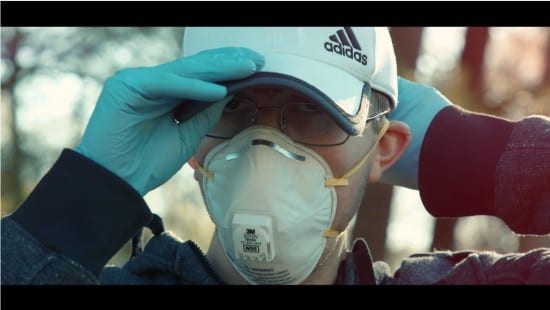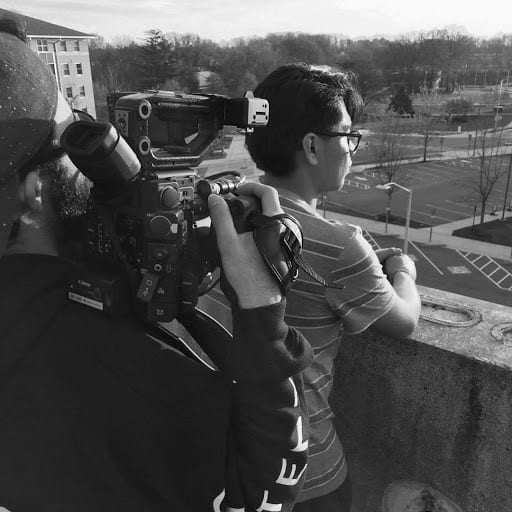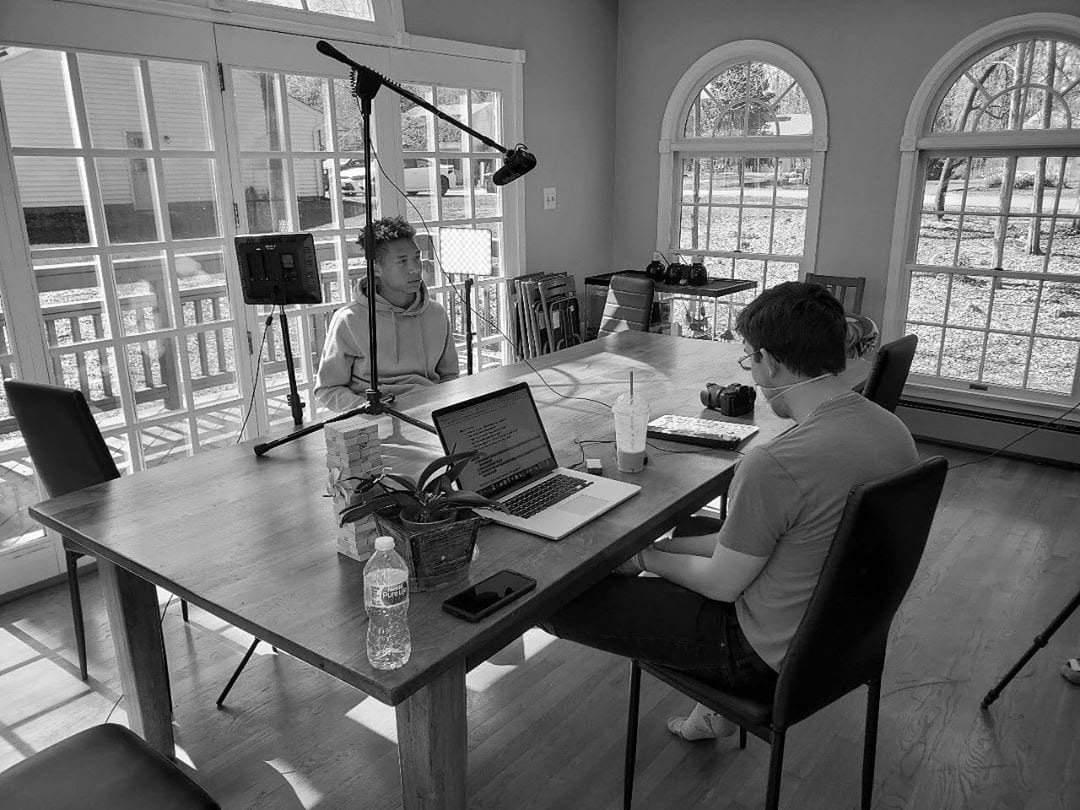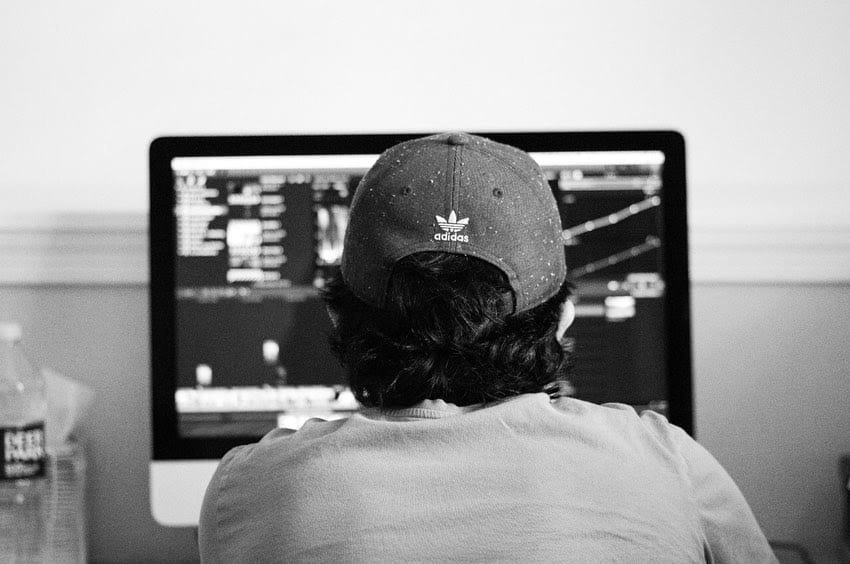We have another special article for you today, this time from Artem Koker, who talks about his pits and falls on a journey to making a feature documentary. In this article, he covers the beginning to end process of drafting, producing and trying to sell a feature project.
The floor is yours Artem!
My name is Artem Koker and I wanna talk about how I, alongside Nathan Cushing, and our small team at Arazo Media produced a feature documentary about all the personal stories of individuals that have been impacted by Covid, the changes it brought to the world and its many sided consequences.
We did it all without a real budget as well. It started out in mid February for us. We love over 90% of our revenue as a company and that really hit us hard.
Inside chaos though, there definitely lie many opportunities and this is a prime example of one that we were able to flip 180 and really make a comeback not only as a company but as individuals who grew throughout the entire process.
Trailer Link: Affected: The Story of US | Documentary 2021
1. Starting With The End-goal In Mind
We already knew exactly what we wanted to do, the goal was creating an evergreen documentary. We had the idea of producing something that wouldn’t focus on facts and data because they were constantly changing.
With the documentary, we wanted to tell how our team, us as individuals and many others were dealing with the changes that the whole world was going through.
In doing so, it would be something that others can enjoy not only throughout the pandemic right now but years and years down the line.
Telling people’s struggles and trials would keep this story interesting even when the pandemic ends and this could be a human catalog if anything about what we as people were going through.
Our ultimate goal was to sell it to a streaming service like Netflix, Hulu, AppleTV or Amazon Originals and we will talk about that a little later. This is how we started!
Sohrab Jafarzadeh filming Victor Danos and his story. Photo by Artem Koker.
2. The Right Team Is Everything
Assembling a team was quite important in our production process, as we had to have people who would understand what our plan was. We wanted people that were genuinely interested in working together to make this happen, despite all the challenges.
We had in mind exactly what we wanted to do, a clear and unchangeable mission, but we had to reach out to people who would be able to take a risk and work for free on our project with the goal of selling it later to make profit and pay everyone out.
Since we already ran a media agency, we reached out to our own team and found Sohrab Jafarzadeh, who had previously worked on various larger projects. Sohrab agreed to be the DP for the project.
Victor Danos was our 2nd Cam and all the behind the scenes shots. I directed the whole thing while Nathan worked behind the scenes as one of the producers. We had our company be the main production house so that took care of essentially everything we needed to get started.
Artem Koker interviewing Adrien Cushing about his story during the pandemic. Photo by Kenny Cushing.
3. Challenges In The Production Process
Throughout the next 6 months, we all got busy filming, editing and producing the documentary itself. We had numerous challenges along the way, one of those being filming everything in 4K RAW.
The problem with that was that our computers kept crashing, because they weren’t able to properly render those files. After several meltdowns, we changed to recording everything in regular 4K which really helped reduce our overall burden on rending times.
We actually used a three computer system when it came to editing. Sohrab, Vic and Jay would sift through all the footage, cut and render the best pieces and send it to my computer where I would start putting together the full story in sequence.
There were many more meltdowns along the way but the workflow is honestly one of the most difficult things to figure out especially when you’re working on a shoestring budget.
Sohrab Jafarzadeh editing the documentary on Final Cut Pro X. Photo by Artem Koker.
4. Post Production Costs
Another challenge we had was keeping the costs down of the project as a whole. Up until that point, our biggest expenses were food, gas and a couple of interview fees.
When we got to the music licensing, that’s when the costs rose very quickly. It was difficult to find good quality music that didn’t cost an arm and a leg.
We eventually settled on using Premium Beat and just bought everything in bulk including the licenses which came out to $50/track.
That cost is honestly insane considering each license let us sell it and make royalties off our product through all the streaming platforms.
Screenshot from the edited timeline in Final Cut Pro X. Photo by Artem Koker.
5. Film Festival Strategy
With music out of our way, the full documentary was ready. Next challenge was submitting it to film festivals.
We spent a ridiculous amount of time and research trying to figure out how many festivals there are, which ones we can qualify for, how much they, what the deadlines are, etc etc.
We even created a full spreadsheet with all the names, websites and dates to organize and keep track of it all.
However, we later on had a knee-to-the-face moment when we realized there’s already a site that does that which is called FilmFreeway and they do it all for you. Literal knee to the face.
We used FilmFreeway to submit to pretty much every festival except SXSW. That’s about the only one which you have to do from their website.
We purchased everything in bulk again and saved a ton of money there too and continued to track all our progress with festivals on a weekly basis from there.
To track how long each judge was watching our film, we created private links on YouTube and looked at the in-depth analytics to see exactly where each view was coming from and how long each person was watching it. Keeping track of that was critical.
Screenshot of data collected from the trailer campaign. Photo by Artem Koker.
6. Promoting All The Way To The Top
Talking about marketing and promotion, we wanted a strategy that would mix grassroots strategies and paid promotion.
We had the whole team involved in the first part, which pretty much was sharing everything about the film on social media, such as Facebook, Facebook Stories, Facebook Groups, Instagram, Instagram Stories, IGTV, Tumblr, Blogs, Direct Messages to Friends, Family and Followers, Whatsapp Group Chats and random chats all over the internet.
Our job was spreading the links to the trailer and telling people about the project. Alongside that, we got the film certified on IMDb, publicized the project on FilmFreeway and created an official website, that helped the project grow and more people were able to access it.
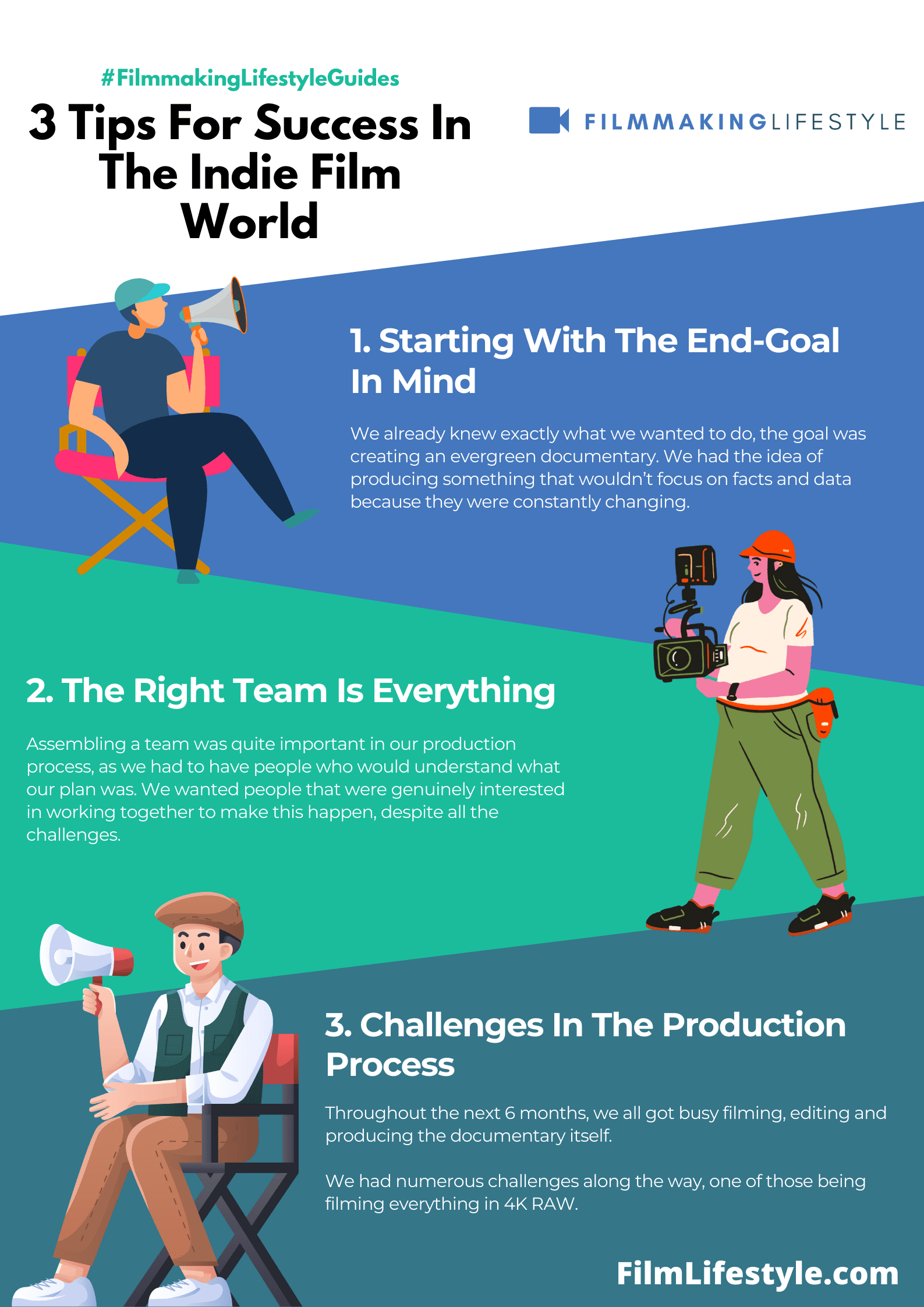
We would put a call to action in every post. We were all asking everyone to like, comment and share the project.
These were the ways we found to make the project grow. With the team and the cast being involved in sharing it, the project became even more known, the grassroots strategies results were pretty satisfactory.
The second part was the paid promotion. What I had to do was experimenting and running YouTube ads through Google, creating more awareness for the project, with people seeing the trailer and getting to know the film.
After all that, over one million impressions were generated, it had 58,000 views, 1,200 watched with over 1,084 engagements across 52 different countries.
And then we get to the final challenge: the streaming services. We wanted to find distribution channels and have access to places like Netflix, Hulu, AppleTV, HBO and Amazon, either by accessing direct lines or getting in touch with the ones that already pitch those places regularly, so that we could work out a deal with them to take team Arazo for a pitch meeting.
We found a more agile way to do it and plan A turned out to be attempting to reach out directly to all the VOD providers.
What we did was a heavy LinkedIn scrubbing, starting with a Chrome extension app called Apollo.o for us to find email addresses that we didn’t have access to and get connected to them, all that to pitch our project.
In doing that, we were able to know the companies and they’re employees and became easier to do a heavier reach out to them. Plan B would be finding a way to get in touch with sales reps and work with them to get into the room with the big dogs. Plan C would be self-distribute it.
The best place we found to do it turned out to be Film Hub, because it had no upfront fees and only a 20% cut from revenue. For our best alternative, it was the best it could be. We were fortunate with plans A and B, with heavy approaches.
Our various months of networking and emailing were rewarded, we finally found a few good sales representatives that were favourable to give our documentary a shot at places like HBO, Netflix, Hulu and Amazon.
7. Final Thoughts
Ultimately, the project and all the choices that our small team made, has been nothing short of incredible and we genuinely hope that it can help anyone out there that is starting on their filmmaking journey.
It can be super rough and difficult but extremely rewarding at the same time. If this story was interesting to you, please comment and share it with someone that might be interested.
For more on Arazo and their documentary Affected: The Story of US, visit their website.

